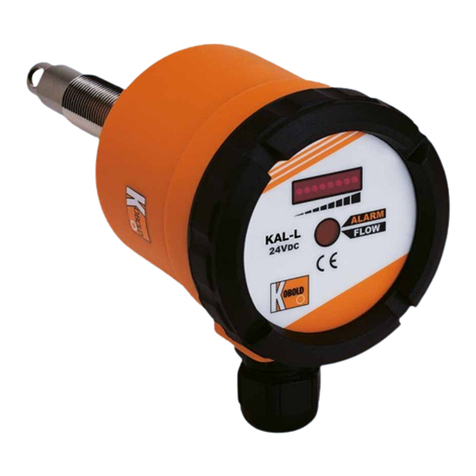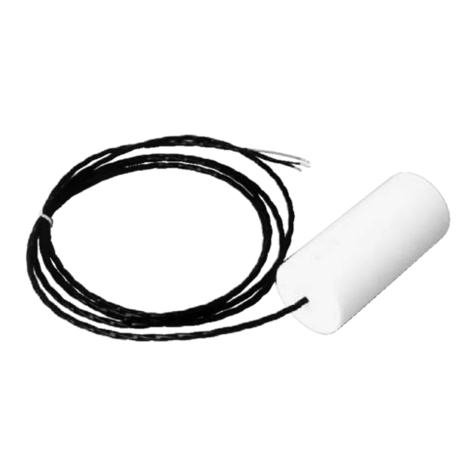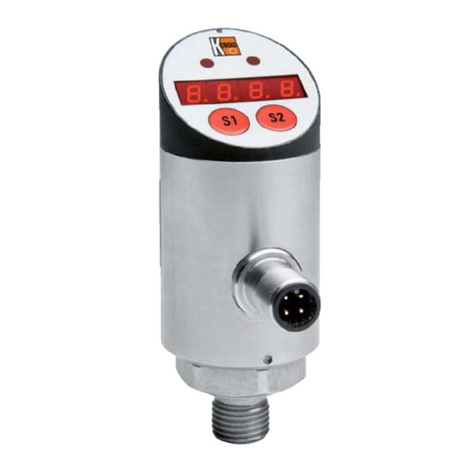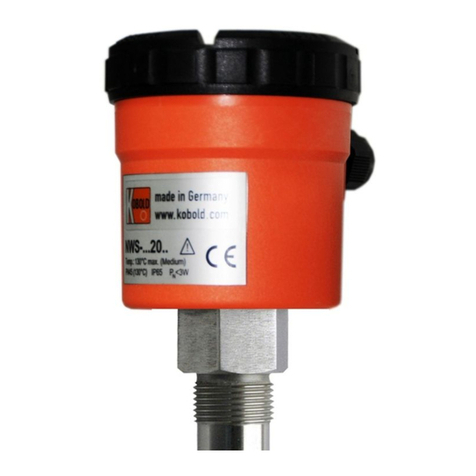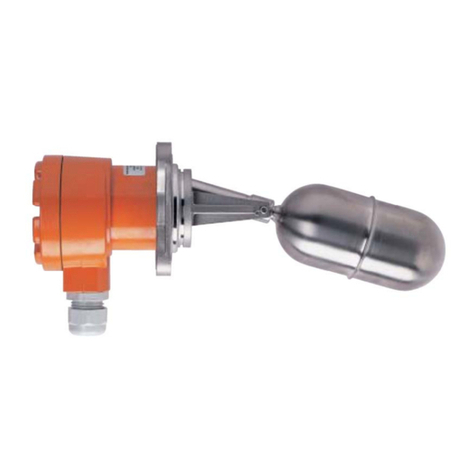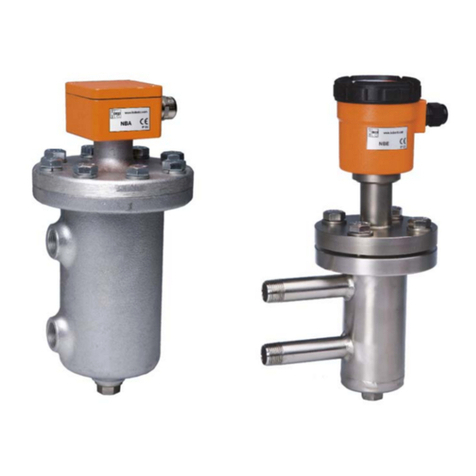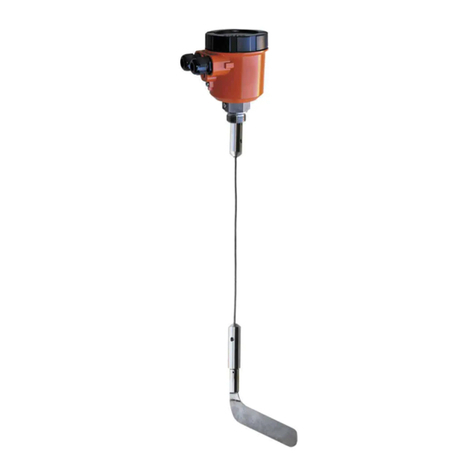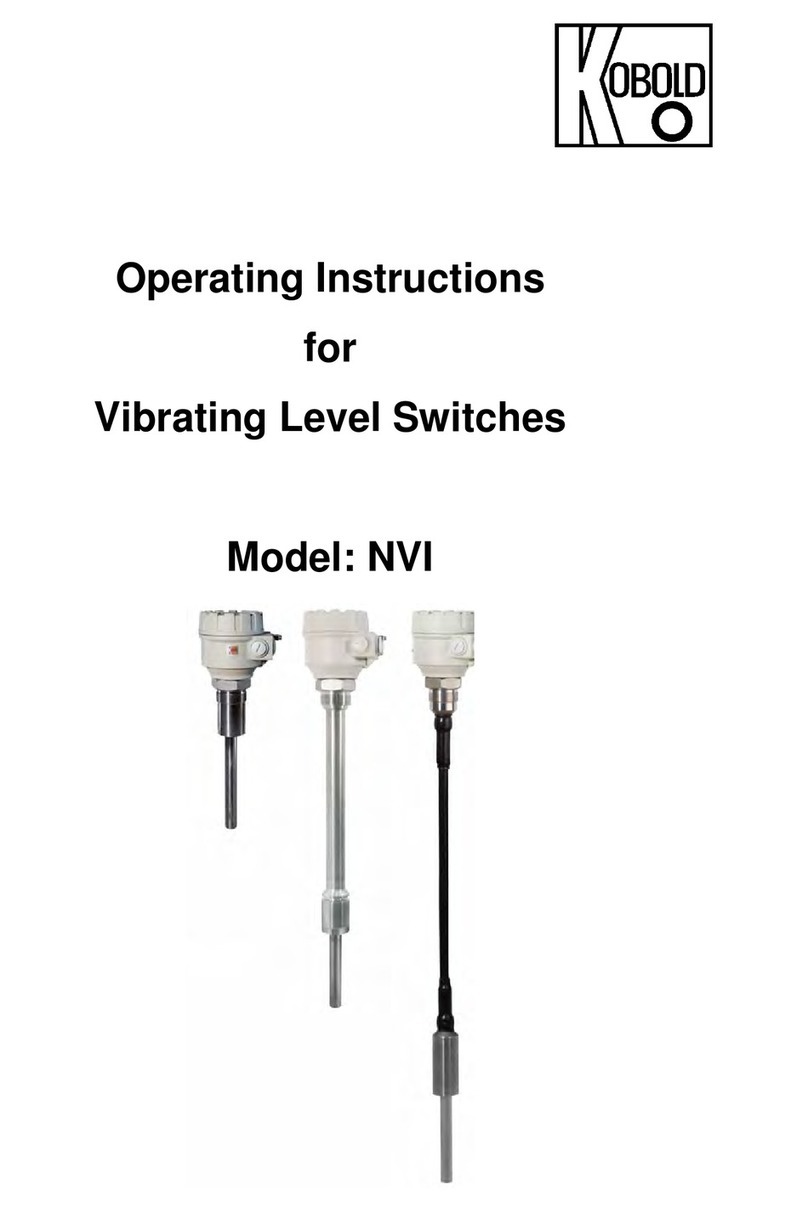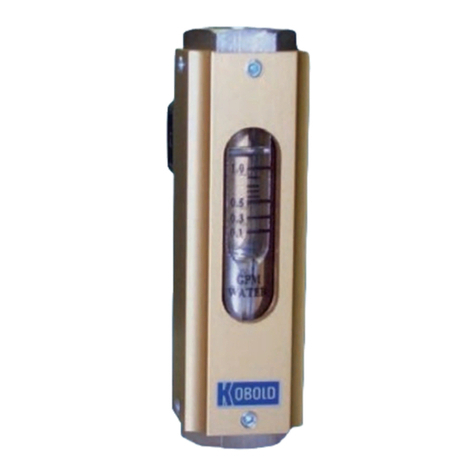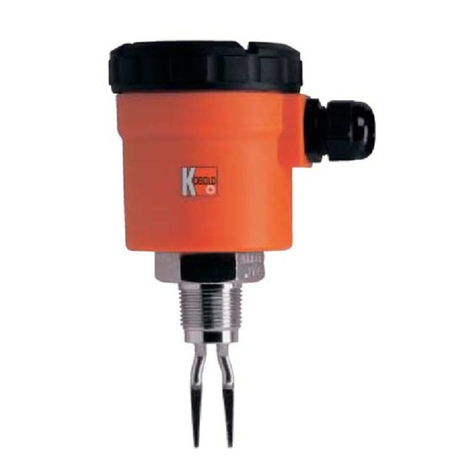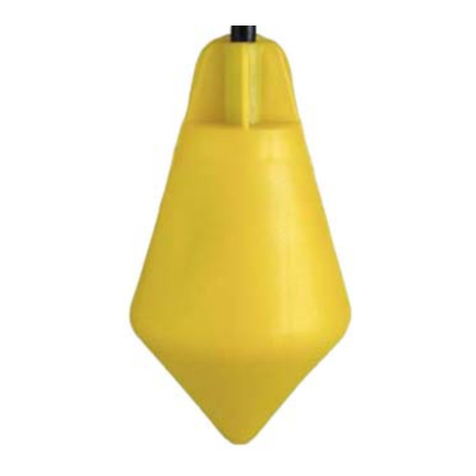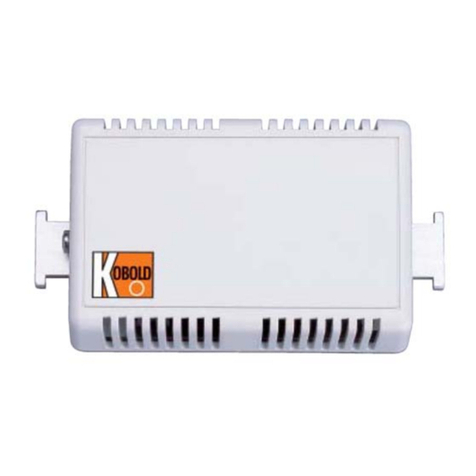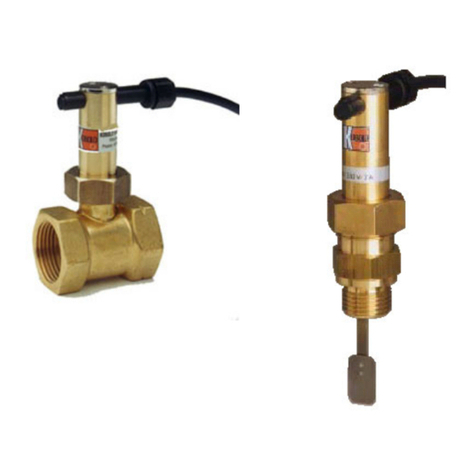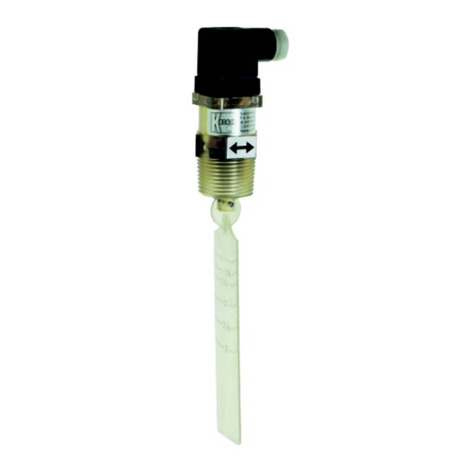
SCH-27/-28
SCH-27/-28 K04/0722 page 3
1. Contents
1. Contents .......................................................................................................3
2. Note..............................................................................................................4
3. Instrument Inspection....................................................................................4
4. Regulation Use .............................................................................................5
5. Mechanical Connection.................................................................................5
5.1 Important Information...........................................................................5
5.2 Installation ...........................................................................................7
6. Electrical Connection....................................................................................8
6.1 Set Point Calibration............................................................................9
7. Commissioning ...........................................................................................10
8. Working Limits ............................................................................................11
8.1 Working temperature.........................................................................11
8.2 Working pressure ..............................................................................11
8.3 Cyclic and dynamic pressures...........................................................11
8.4 Overpressure.....................................................................................11
8.5 Vibrations...........................................................................................11
8.6 Micro-switch.......................................................................................11
8.7 Differential .........................................................................................12
8.8 Protection degree..............................................................................12
8.9 Corrosive fluids and gas liquids.........................................................12
9. Improper usage...........................................................................................12
9.1 Failure for fatigue...............................................................................12
9.2 Failure for overpressure.....................................................................13
9.3 Failure for corrosion...........................................................................13
9.4 Failure for explosion ..........................................................................13
9.5 Failure for vibrations..........................................................................13
9.6 Stress for vibrations...........................................................................13
9.7 Mechanical stress..............................................................................14
10. Maintenance...............................................................................................14
10.1 Regular check....................................................................................14
10.2 Recalibration......................................................................................14
11. Technical Information..................................................................................15
12. Order codes................................................................................................17
13. Dimensions.................................................................................................19
14. Disposal......................................................................................................23
15. EU Declaration of Conformance .................................................................24
Manufactured and sold by:
Kobold Messring GmbH
Nordring 22-24
D-65719 Hofheim
Tel.: +49(0)6192-2990
Fax: +49(0)6192-23398
E-Mail: info.de@kobold.com
Internet: www.kobold.com

